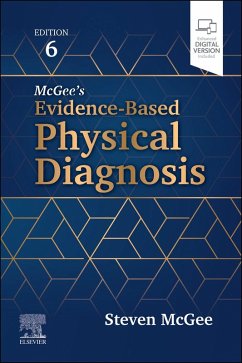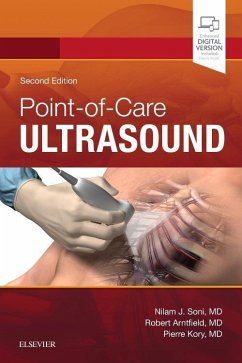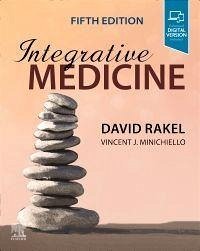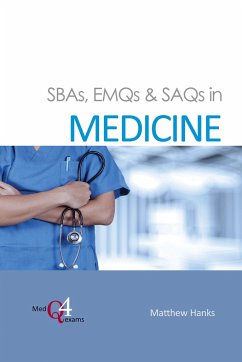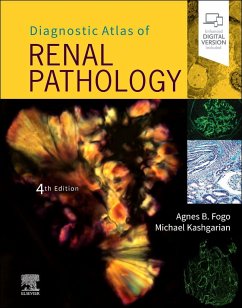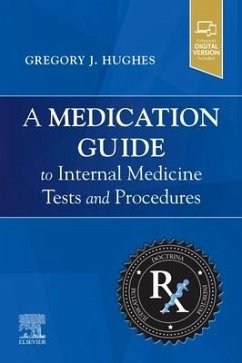Nicht lieferbar
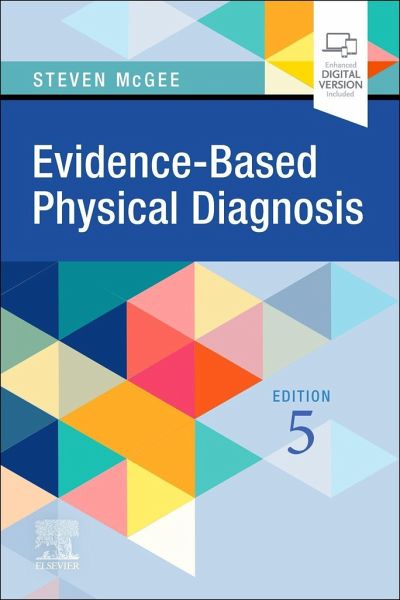
Evidence-Based Physical Diagnosis
Versandkostenfrei!
Nicht lieferbar
Evidence-based insights into physical signs have evolved and progressed greatly over the past few years, further defining how physical findings identify disease, solve clinical problems, and forecast patient outcomes. Evidence-Based Physical Diagnosis, 5th Edition, is an up-to-date, authoritative resource for guidance on interpreting physical signs, enabling you to determine the most appropriate physical finding to confirm a diagnosis. Incorporating more than 200 new studies, this definitive text helps you glean the most from what you hear, see, and feel at the bedside-information that, com...
Evidence-based insights into physical signs have evolved and progressed greatly over the past few years, further defining how physical findings identify disease, solve clinical problems, and forecast patient outcomes. Evidence-Based Physical Diagnosis, 5th Edition, is an up-to-date, authoritative resource for guidance on interpreting physical signs, enabling you to determine the most appropriate physical finding to confirm a diagnosis. Incorporating more than 200 new studies, this definitive text helps you glean the most from what you hear, see, and feel at the bedside-information that, combined with modern technologic testing, will grant clinicians the keys to outstanding patient care. * Emphasizes the most important physical signs needed to determine the underlying condition or disease. Internationally renowned author Dr. Steven McGee shows readers how to pare down the multiple tests needed to confirm a diagnosis, saving both the physician and patient time and money. * Features a reader-friendly outline format, including dozens of "EBM boxes" and accompanying "EBM ruler" illustrations. * Contains thorough updates from cover to cover, including new evidence on the scientific value of the Romberg test (spinal stenosis); oximeter paradoxus (cardiac tamponade); platypnea (liver disease); pupil size in red eye (acute glaucoma); hum test (hearing loss); and many more. * Begins each chapter with a list of Key Teaching Points, intended for readers desiring quick summaries and for teachers constructing concise bedside lessons. * Features a unique evidence-based calculator online that enables you to easily determine probability using likelihood ratios. * Enhanced eBook version included with purchase, which allows you to access all of the text, figures, and references from the book on a variety of devices.




